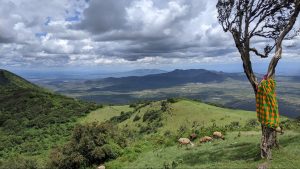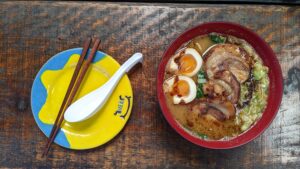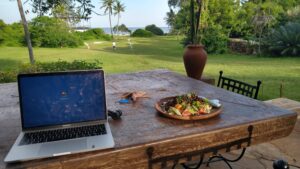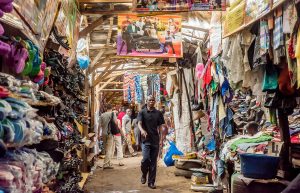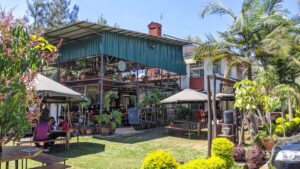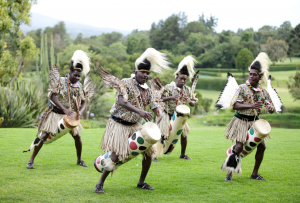The various museums in Nairobi are often overlooked gems that offer a fascinating insight into Kenya’s history, cultures, and traditions.
The museums may not be stuffed full of ancient artifacts – those were all stolen and shipped away to Europe. But they’re charming, informative, and each one focuses on a unique aspect of Kenya’s past and present.
Whether you’re living in Nairobi or just passing through, set aside a few hours to explore each museum and check out our favourite Kenyan history books to learn even more.
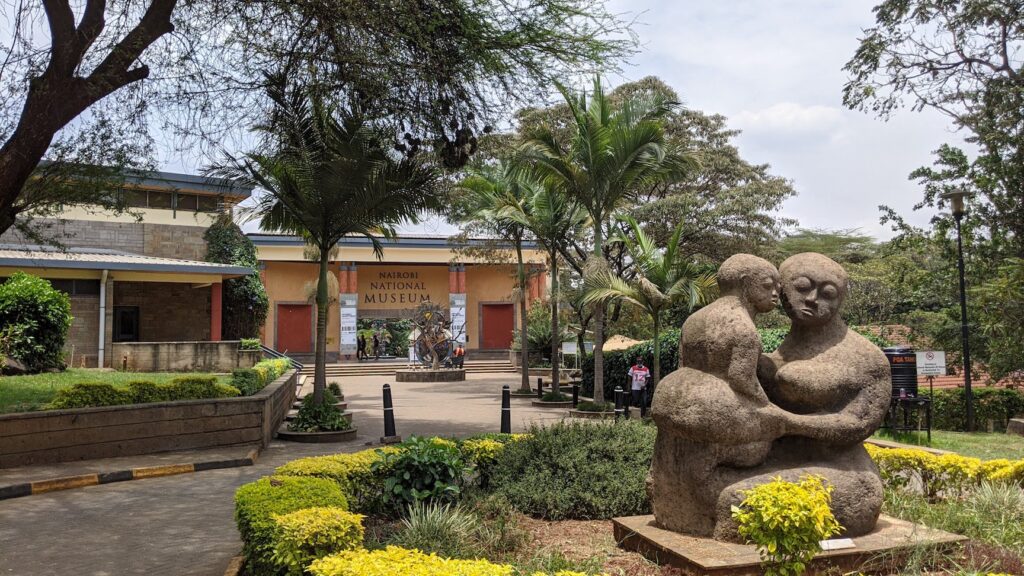
Nairobi National Museum
- Location: Museum Hill, Nairobi CBD
Nairobi National Museum serves as the headquarters of all museums in Kenya and hosts numerous permanent and temporary exhibitions dedicated to Kenyan history, particularly the country’s struggle for independence.
Other attractions include the art gallery, prehistoric displays, Botanical Gardens, and the Nature Trail (home to the largest python in Kenya).
Nairobi National Museum also has a terrace restaurant where you can relax and sample some delicious Kenyan food.
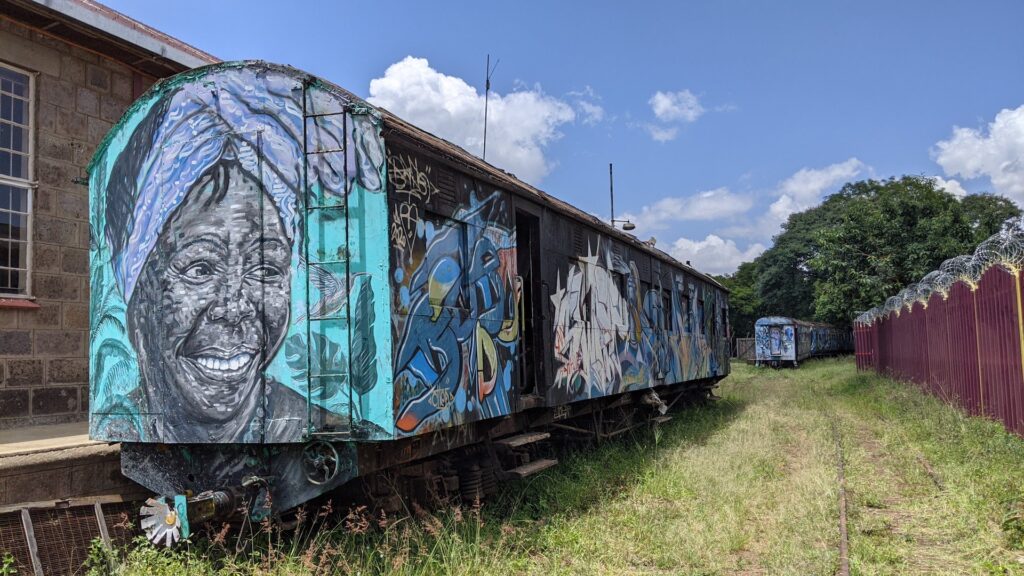
Kenya Railway Museum
- Location: Station Rd., Nairobi CBD
Like all British colonies, the railway played a crucial role in Kenyan history.
Kenya Railway Museum was opened in 1971 to celebrate the legacy of rail travel in Kenya and educate visitors on the surreal history of the Lunatic Express (the nickname for the rail line that joined Kenya’s coast to Kampala, Uganda).
You explore exhibits from the defunct East African Railways, including various steam locomotives and props from the ‘Out of Africa’ movie.
The museum is also home to Nairobi’s only dedicated street art gallery.
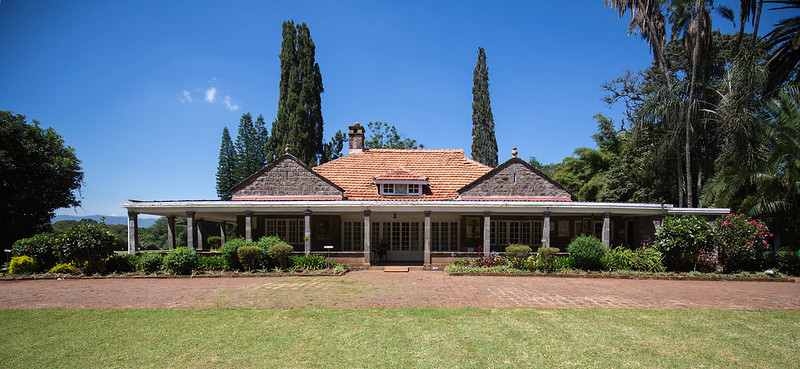
The Karen Blixen Museum
- Location: Karen Rd., Langata
The Karen Blixen Museum was once a farmhouse owned by Karen Blixen, the famous author of “Out of Africa.”
From here, Blixen and her husband (mis)managed a vast coffee plantation while getting into various misadventures with more notorious British and European settlers, known locally as The Happy Valley Set.
The Blixen estate was eventually presented to the Kenyan government as an independence gift from the Danish government. Shortly after, it was preserved in its original state and turned into a museum.
The Karen Blixen Museum’s architecture, design, and furniture give you a unique insight into the lifestyles of Kenya’s colonizers.
The museum is best visited as part of a day trip to Karen, the neighbourhood named after Ms. Blixen that’s home to some of Nairobi’s best restaurants and tourist attractions.
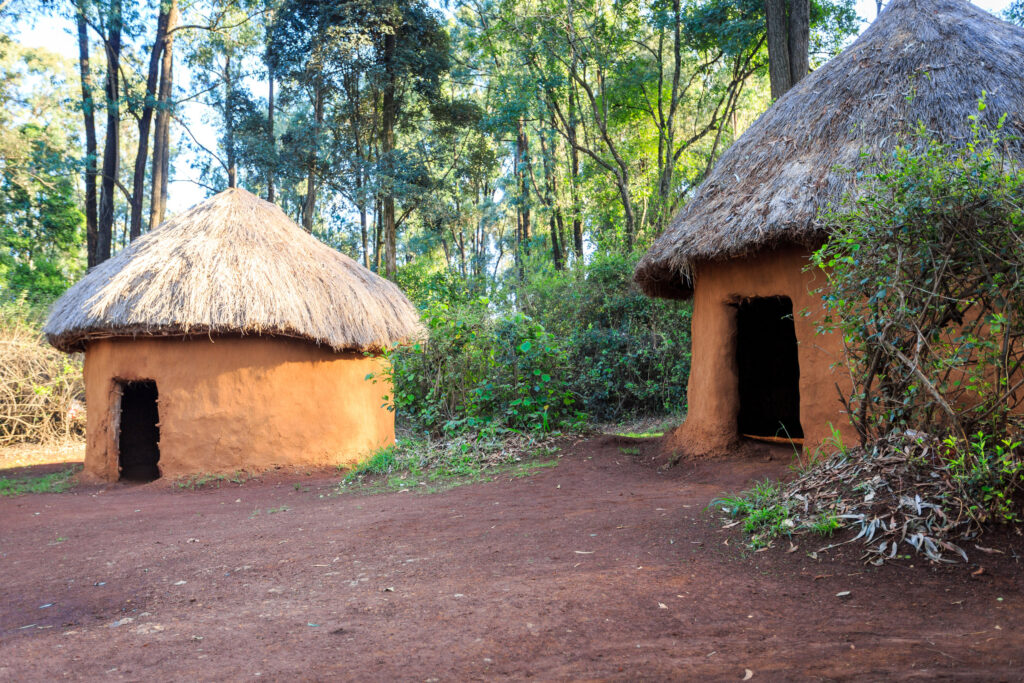
Bomas of Kenya
- Location: Forest Edge Rd., Langata
‘Boma’ is the Swahili word for homestead.
At Bomas of Kenya, you can visit recreations of the traditional homesteads of Kenya’s many tribes. Each section is unique, making Bomas of Kenya a great way to learn about the diverse tribes who populate Kenya and their cultures and traditions.
Kenya’s tribes are also celebrated through music, crafts, architecture, and dance. The museum also has the largest auditorium in Kenya and hosts regular cultural events.
Kenya National Archives
- Location: Moi Avenue, Nairobi CBD
Kenya National Archives is the most extensive Pan-African art gallery, hosting ancient art collections from across the continent.
Opened in 1965, the archives are split into two sections. The Library is home to fascinating artifacts, old magazines, newspapers from Kenyan history. The Murumbi Gallery hosts art exhibitions, with works displayed from across Africa.
The National Archives provide a fascinating insight into life in Kenya in previous decades.
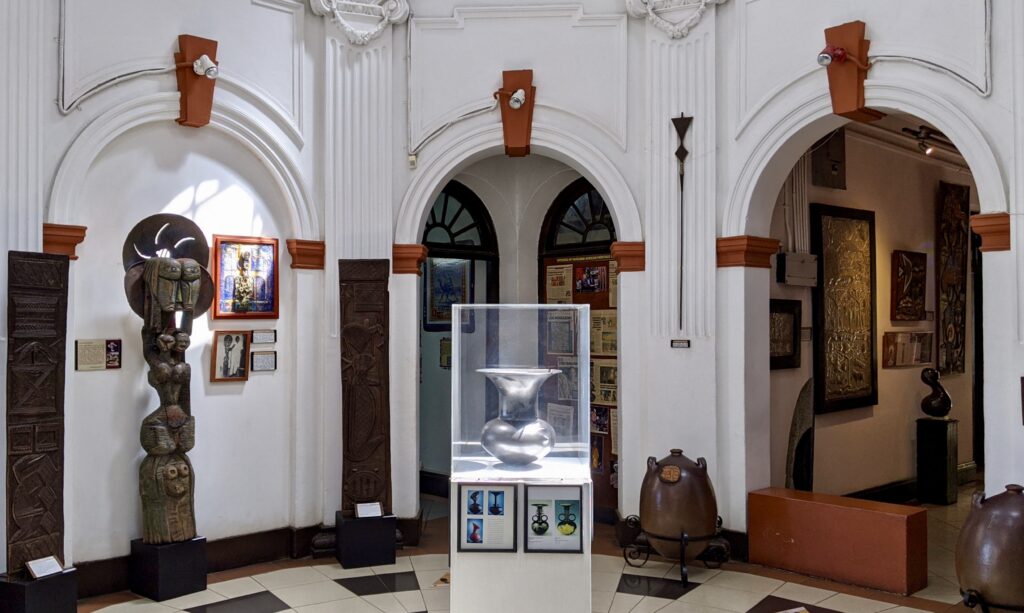
Nairobi Gallery
- Location: Kenyatta Avenue, Nairobi CBD
The Nairobi Gallery is probably the most overlooked museum in Nairobi. Opened in 2005, it’s both a national monument and an art gallery.
Nairobi Gallery focuses on hosting temporary art exhibitions with an African theme. It’s open everyday, even on holidays and weekends.
Outside Nairobi
Kenya also has plenty of great museums outside Nairobi – especially on the coast. If you’re taking a trip out of the city, make sure you add these to your itinerary.
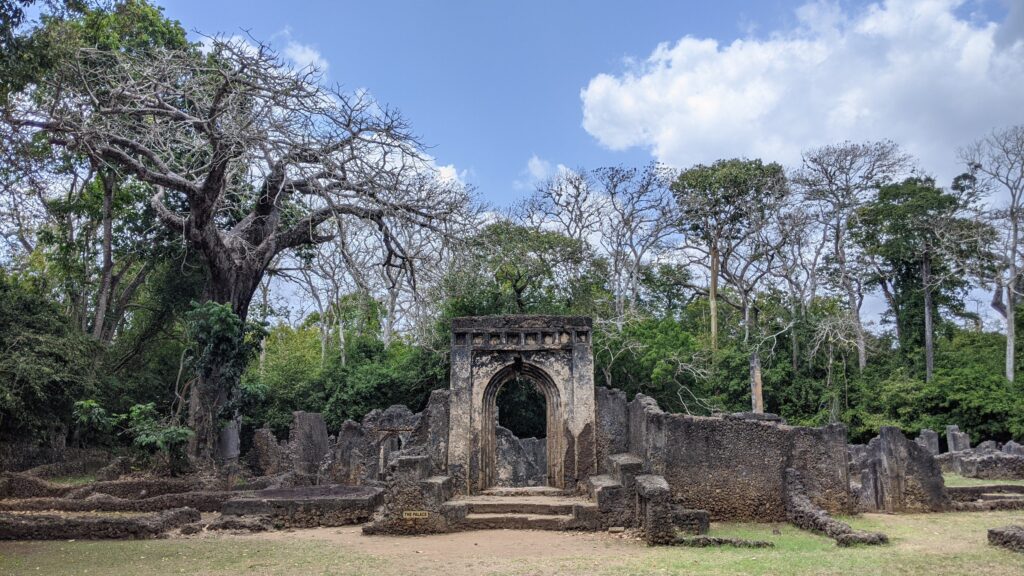
Gede Ruins
- Location: Gede Watamu Rd, Watamu
On the road to Watamu and a short drive from Malindi and Kilifi, Gede Ruins remain of a once thriving Swahili city.
Gede appears to have been populated for roughly 500 years, from the 12th to 17th century. At its height, it was home to 3,000 people and traded with sailors from Europe to China. However, the city was abruptly abandoned and left to the mercy of the forest.
The ruins are fascinating, with the main settlement snaking off into the forest in numerous directions. Its worthwhile hiring a local guide to show you around and explain the stories behind each building.
What’s your Favourite Museum in Nairobi?
Tell us about your favourite Nairobi Museum and what makes it stand out from the rest in the comments below.
For everyone else, make sure you check out every museum in Nairobi and report back to us what you think!

